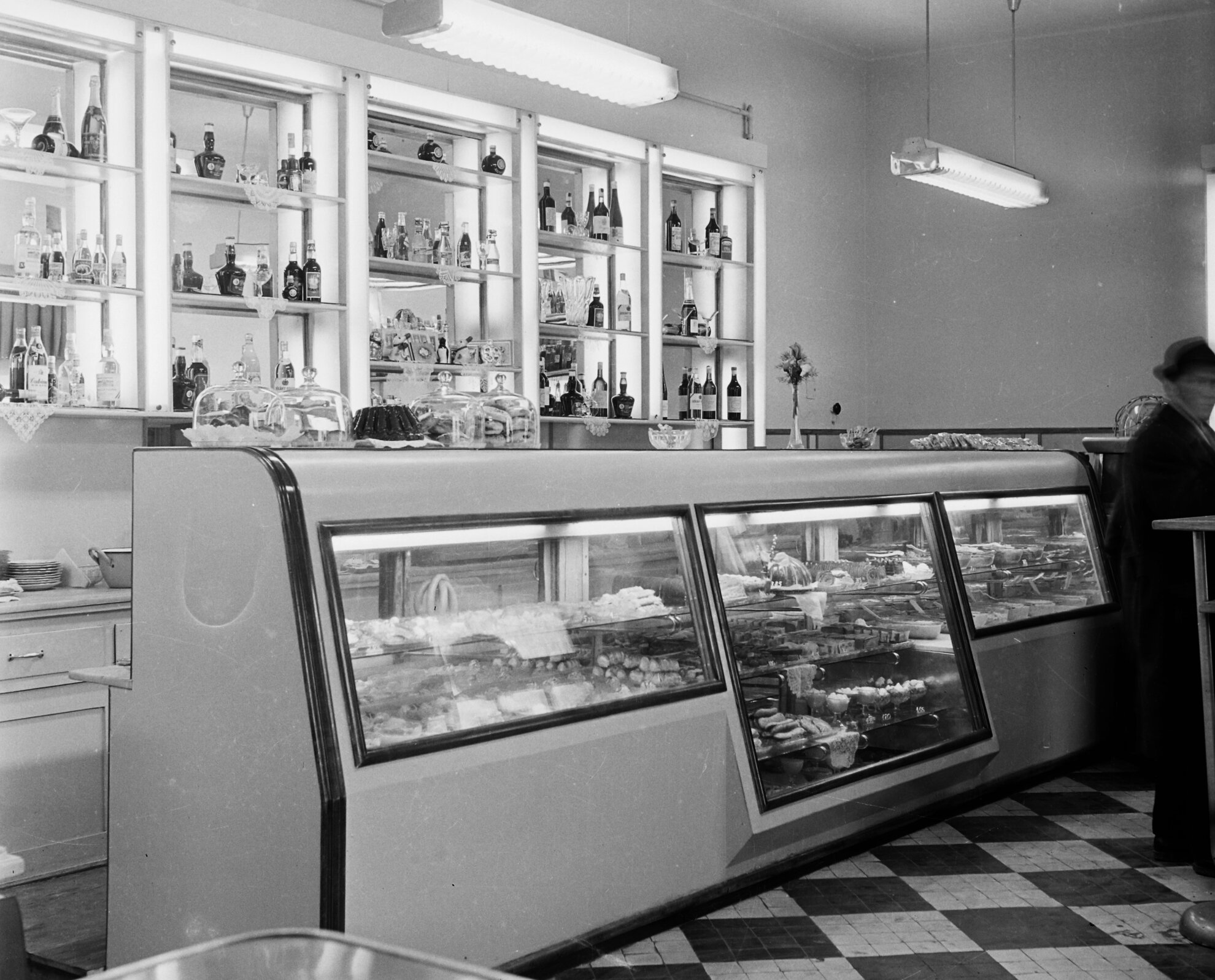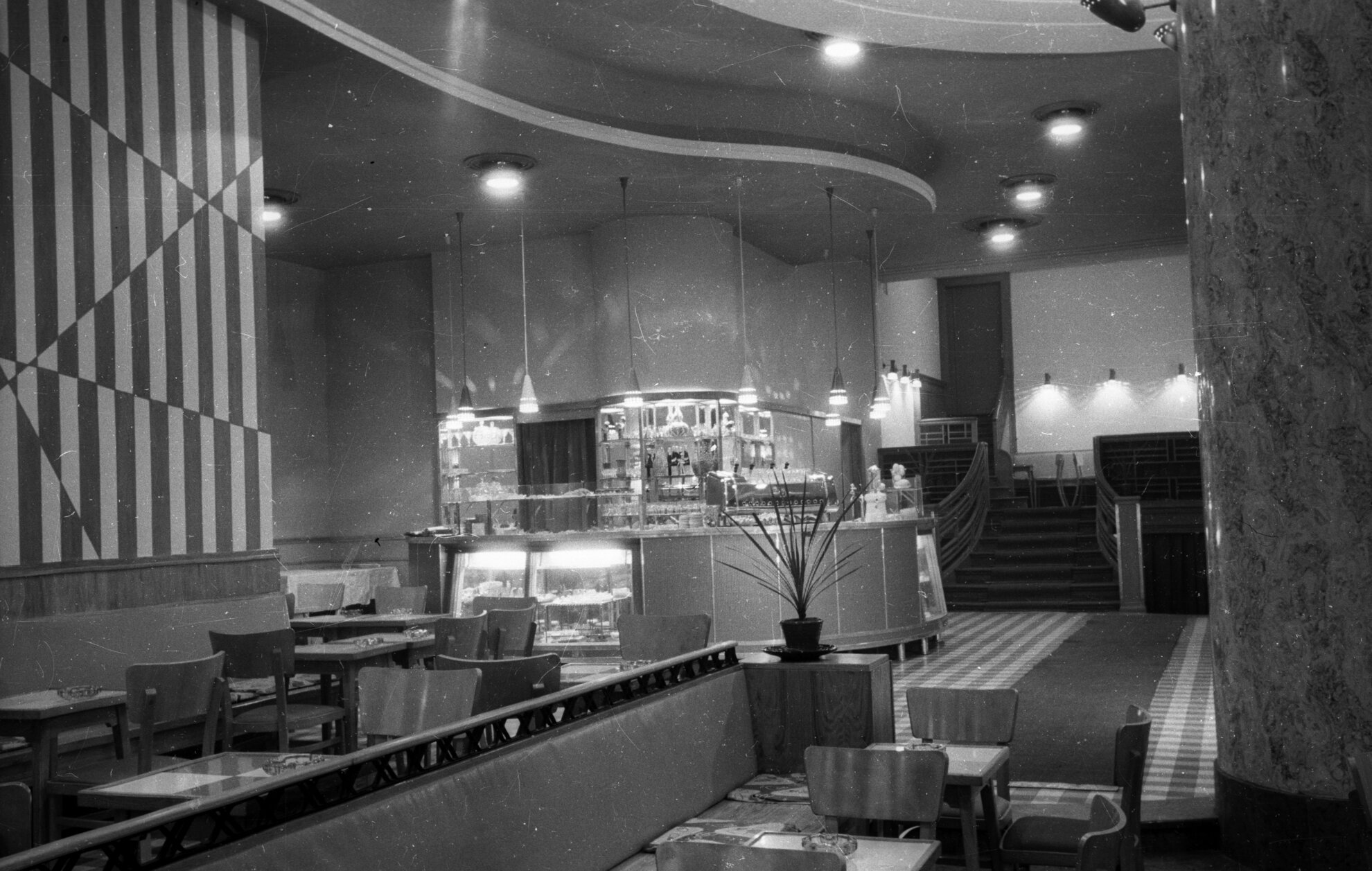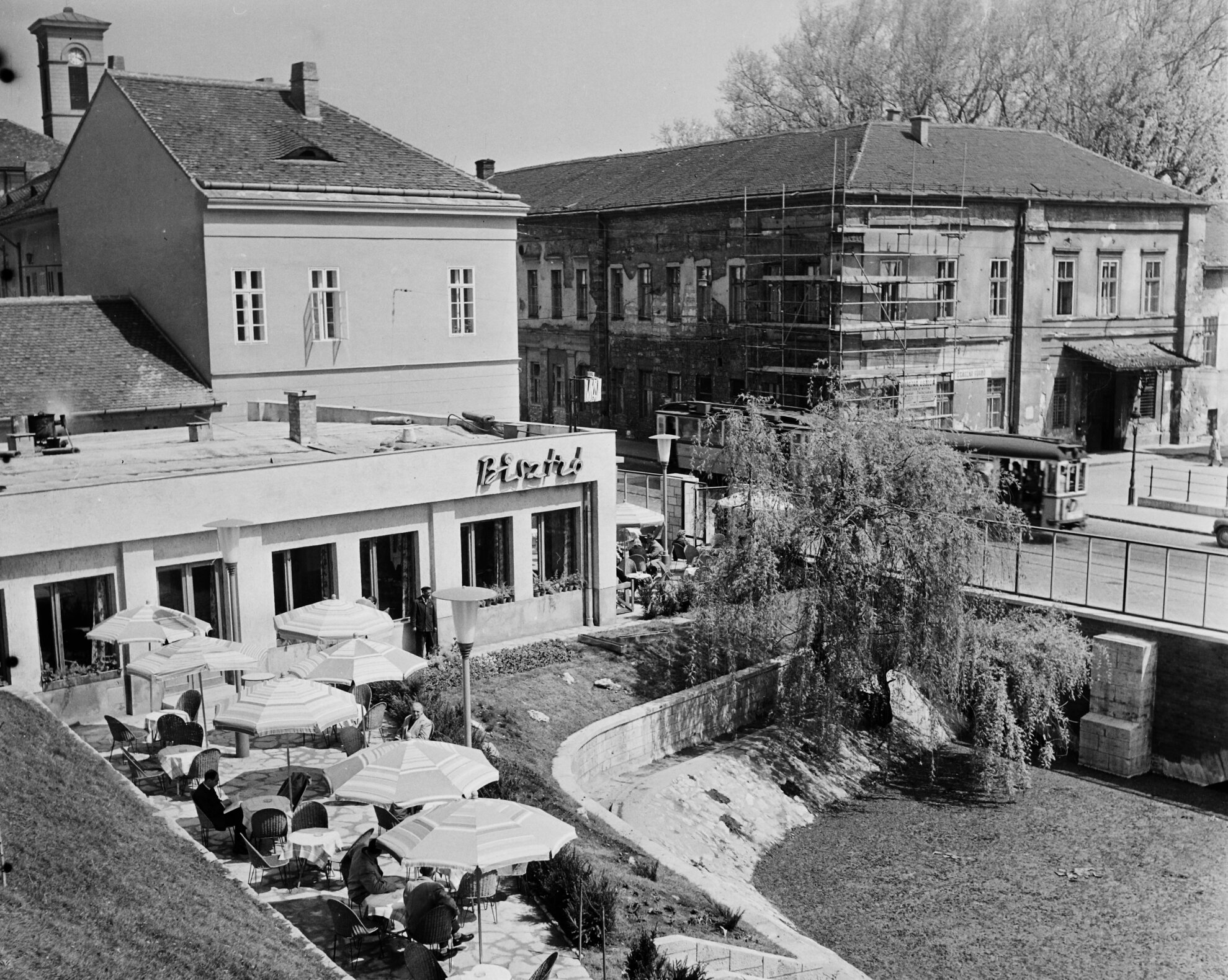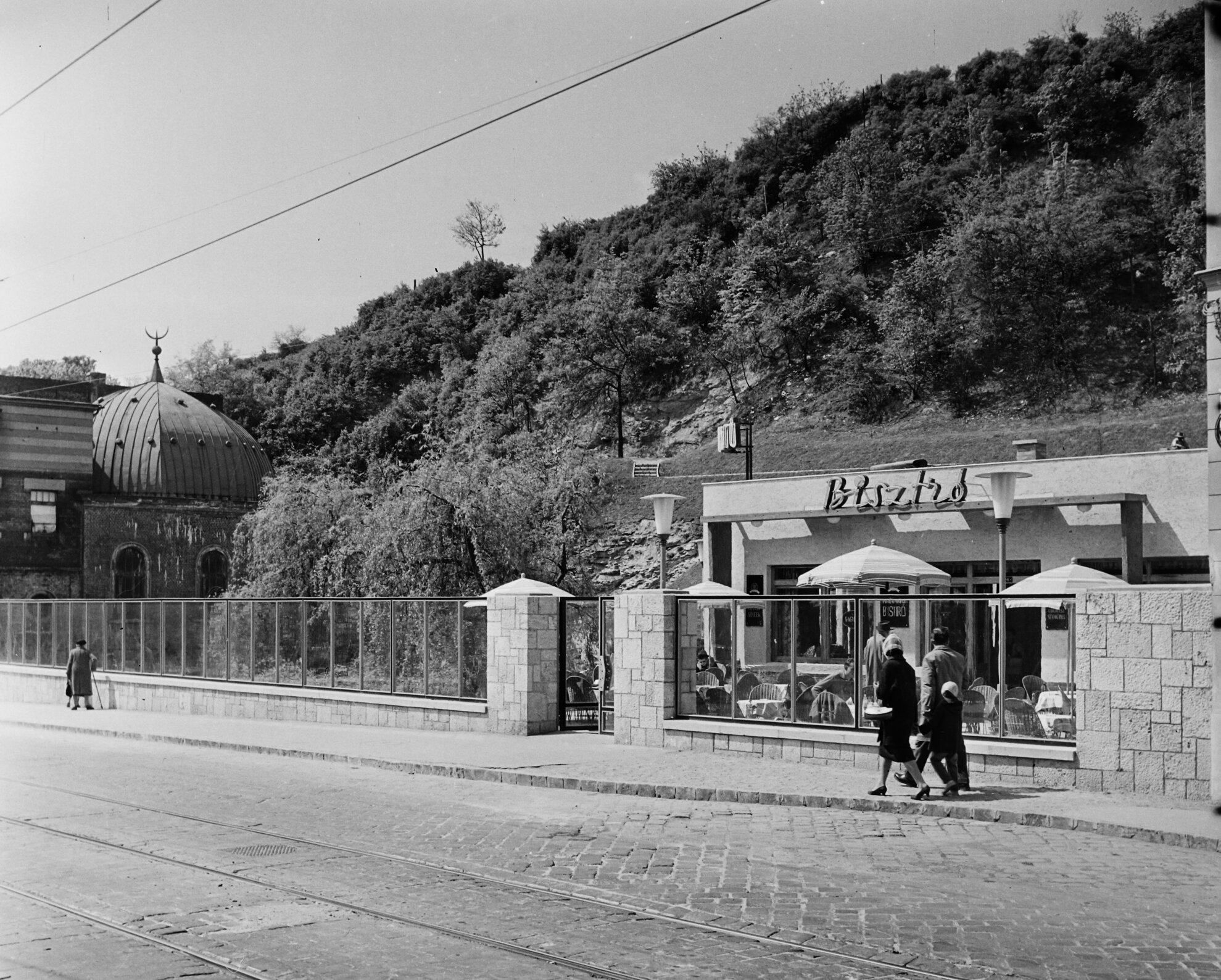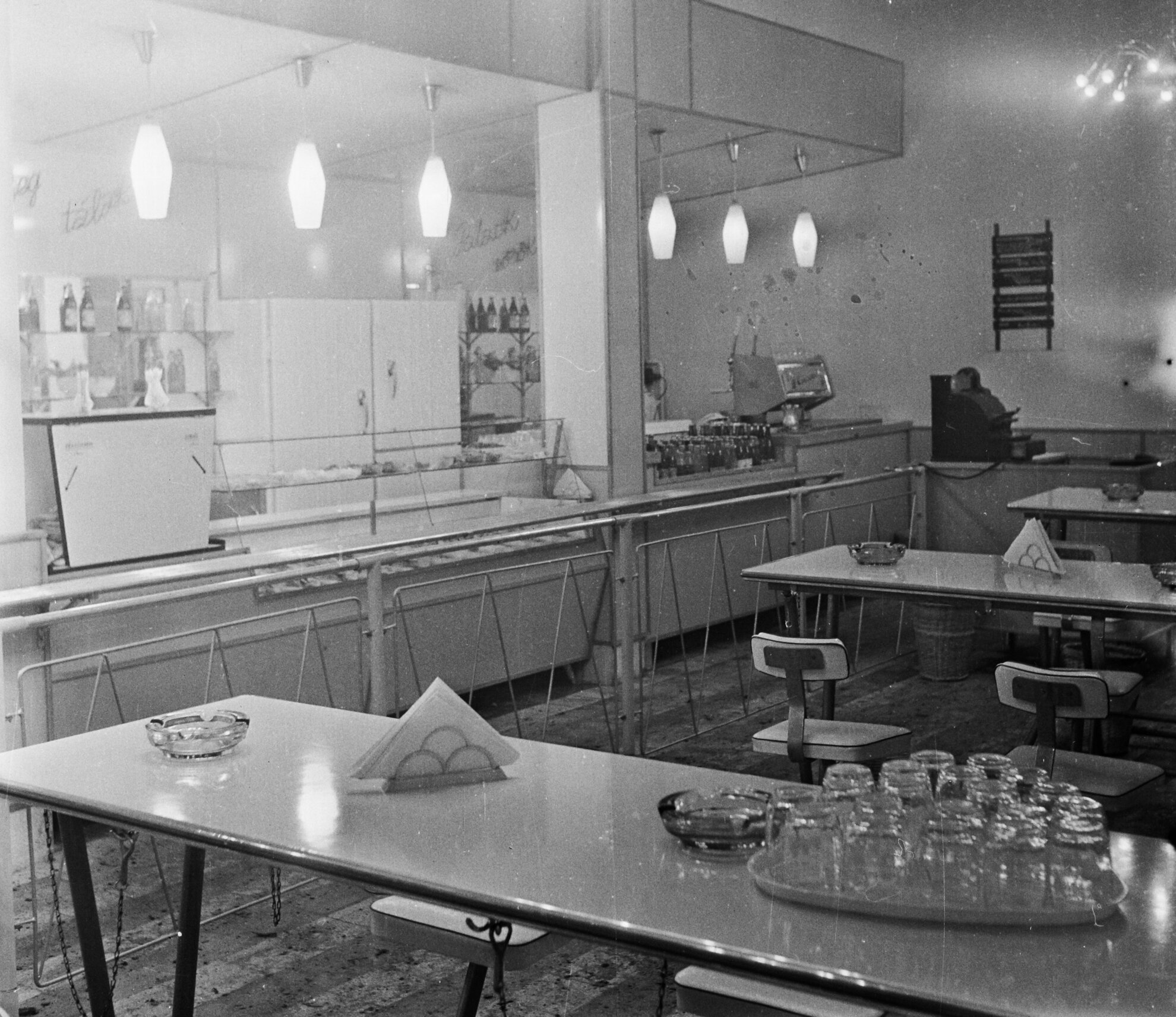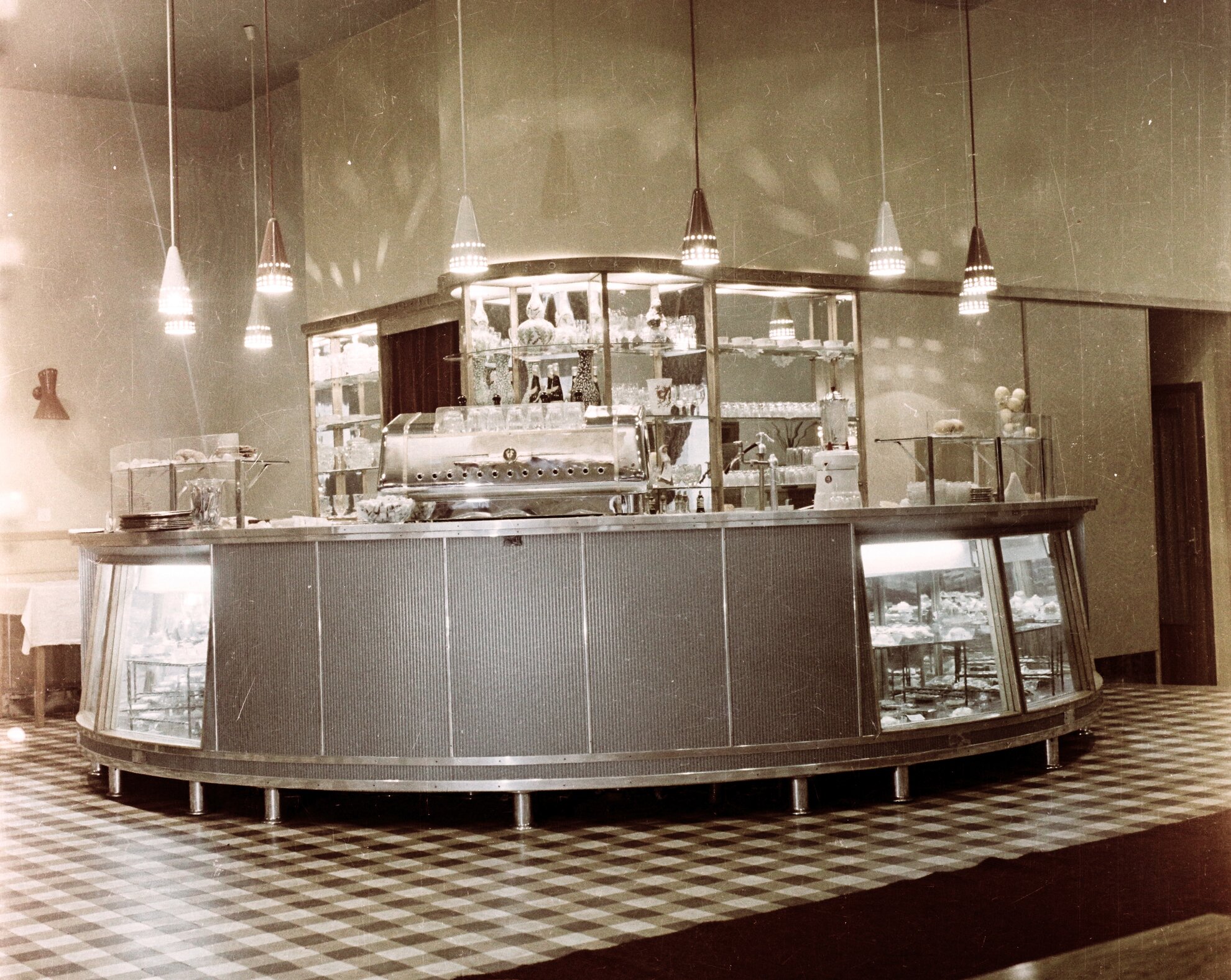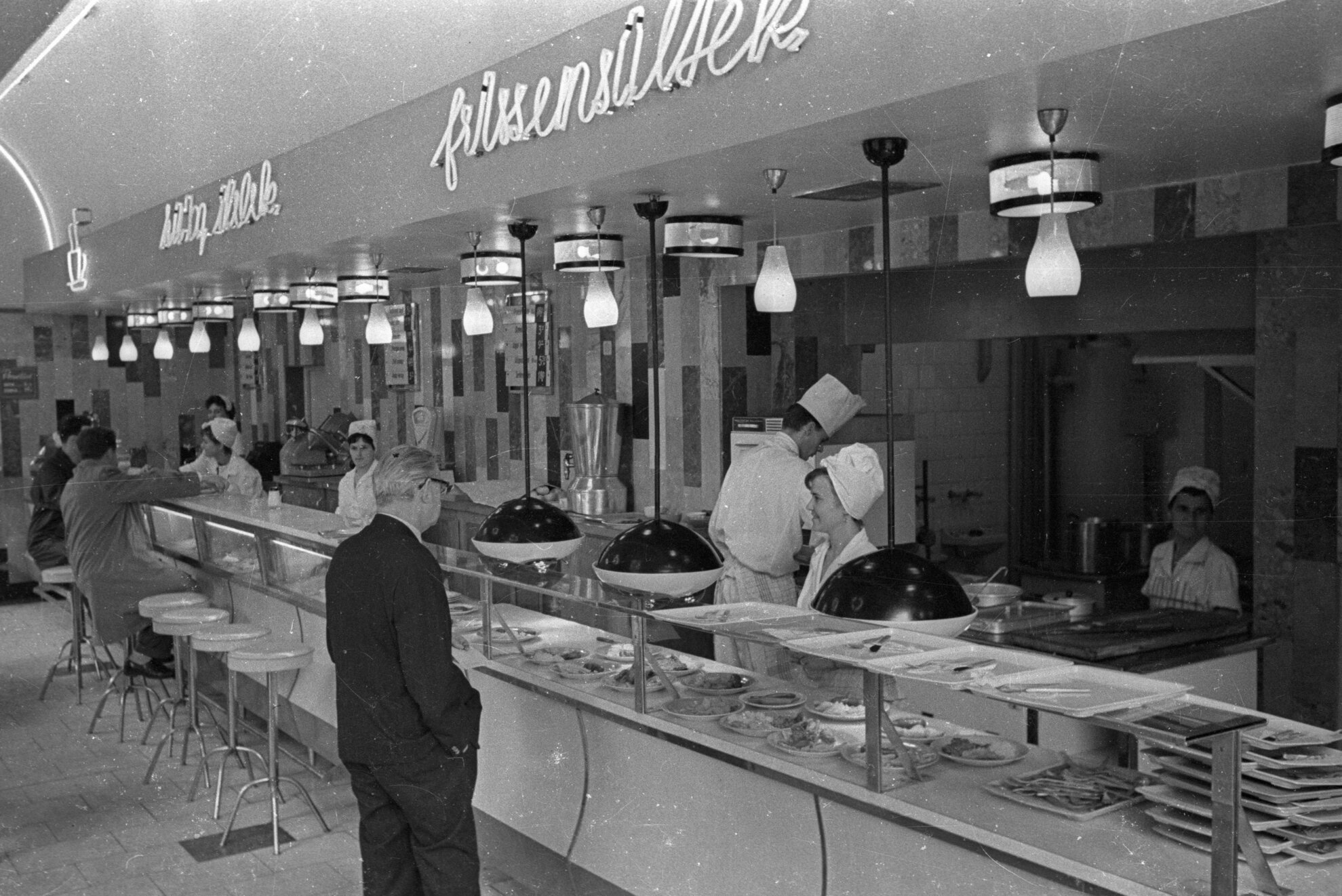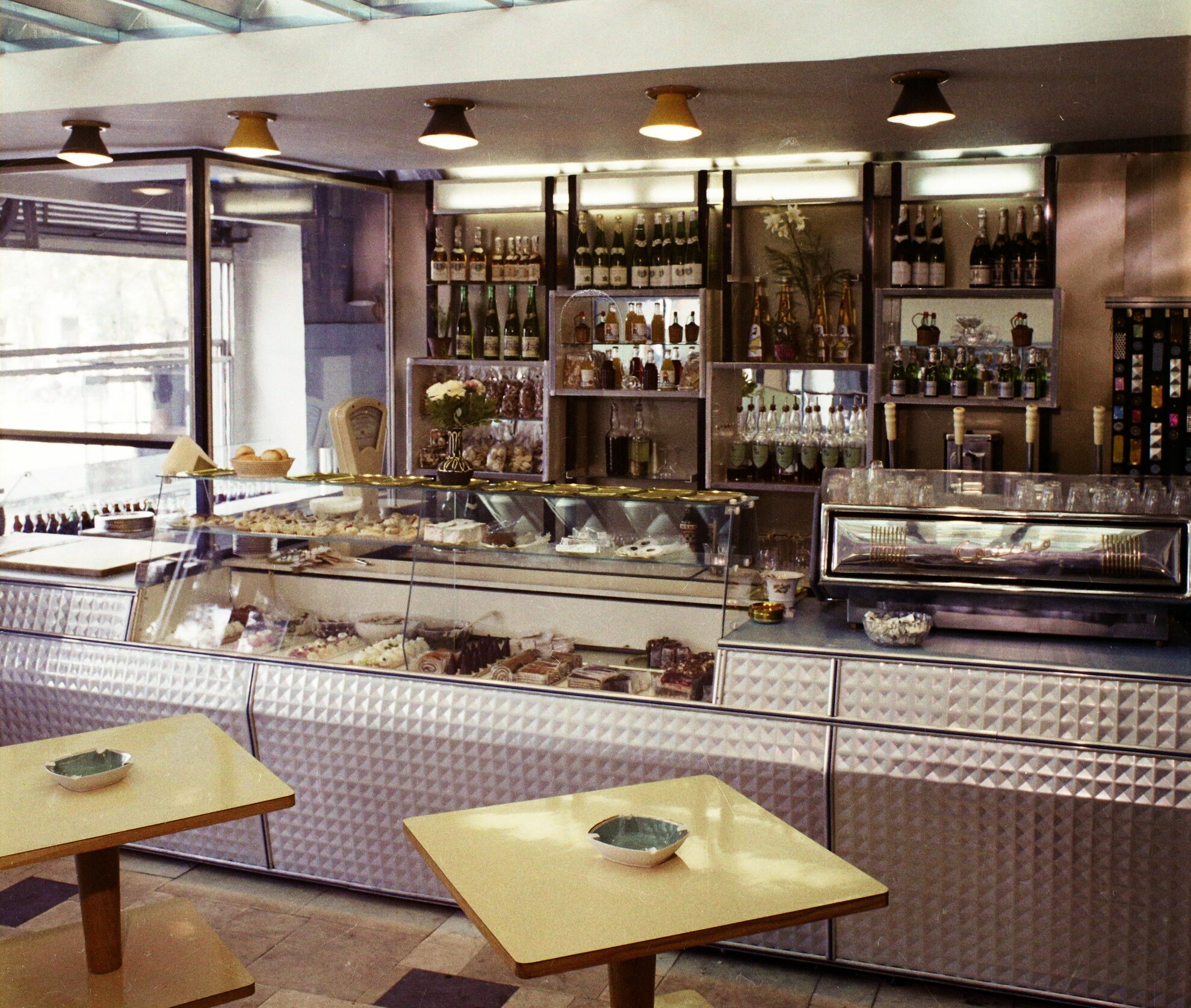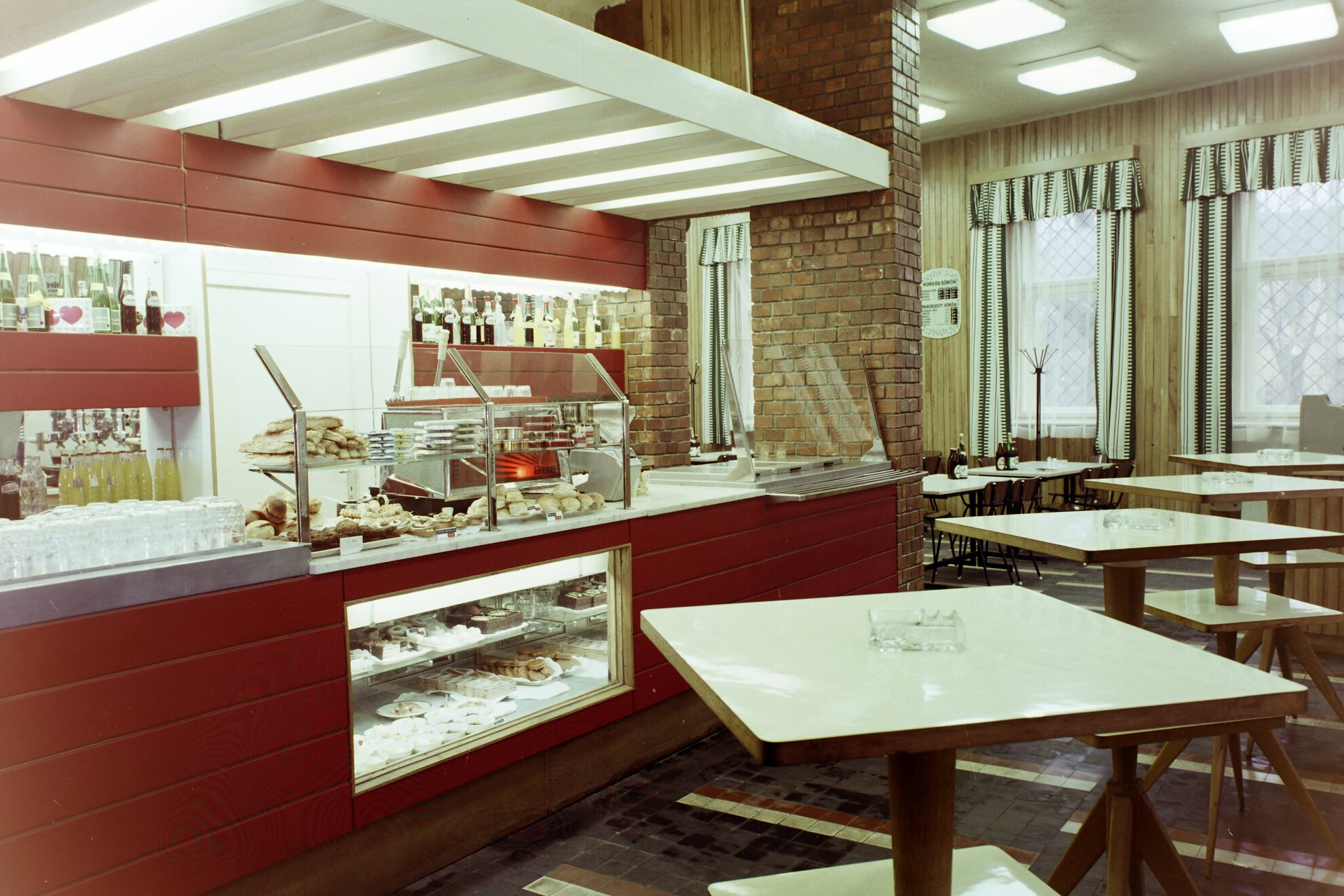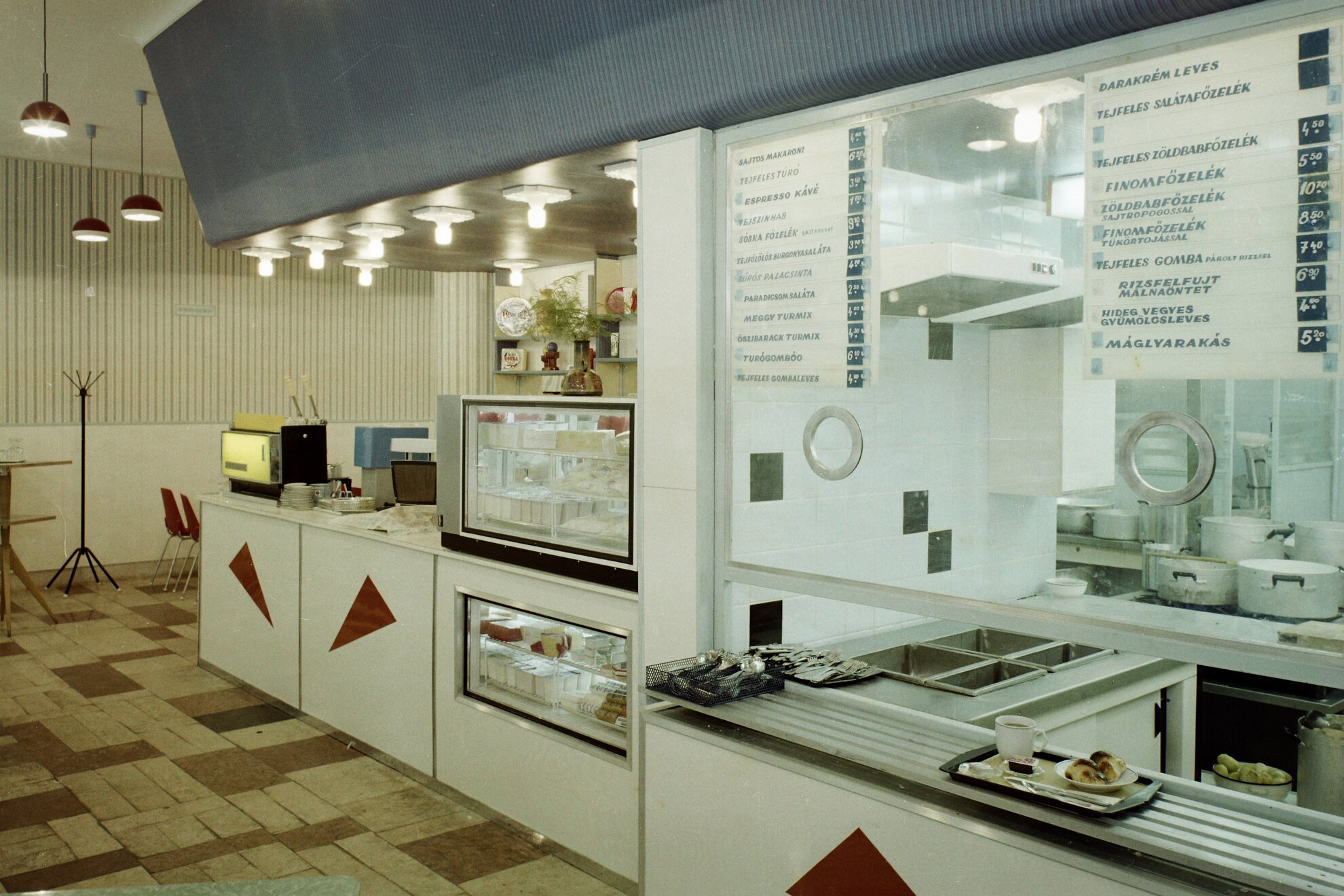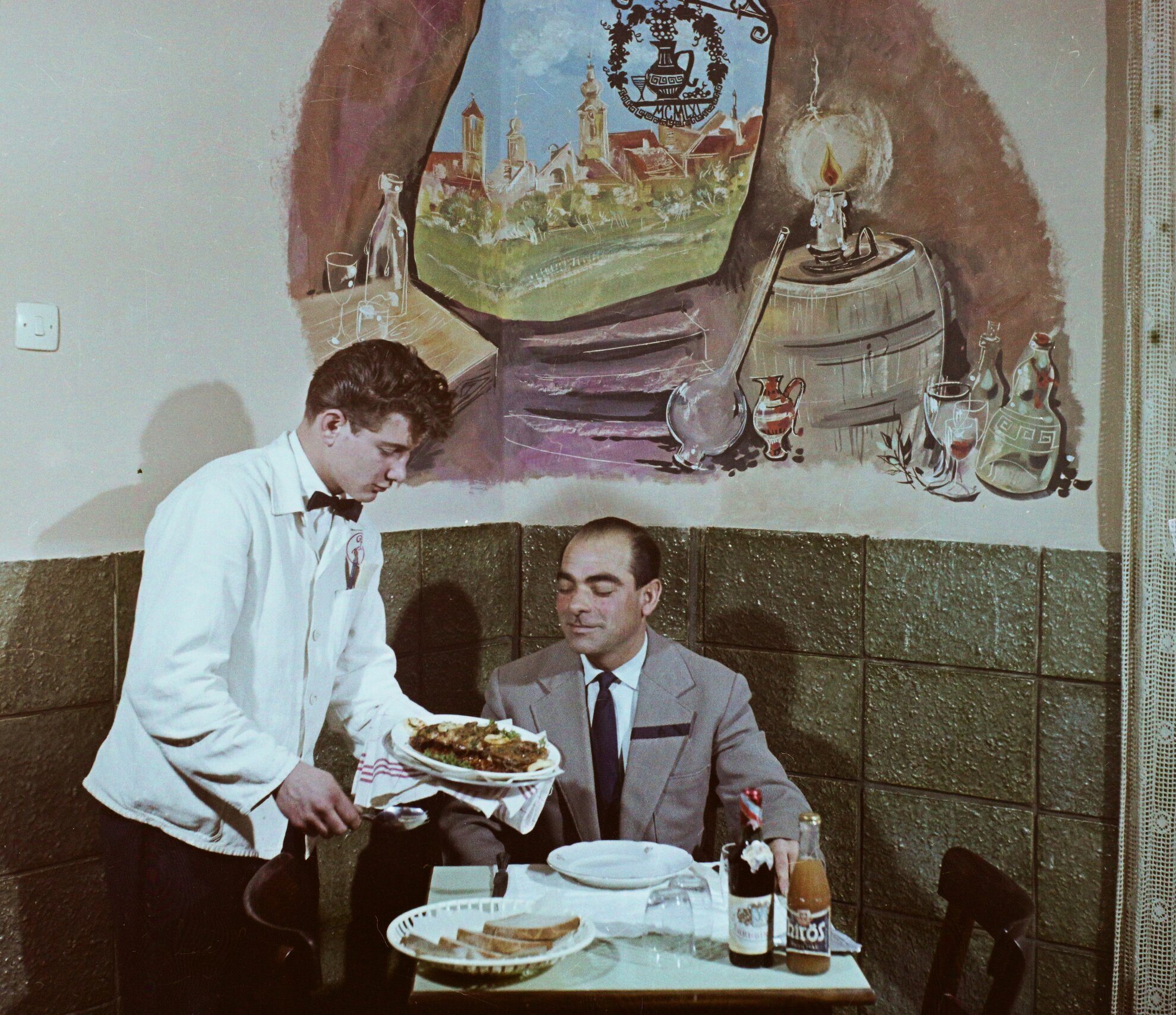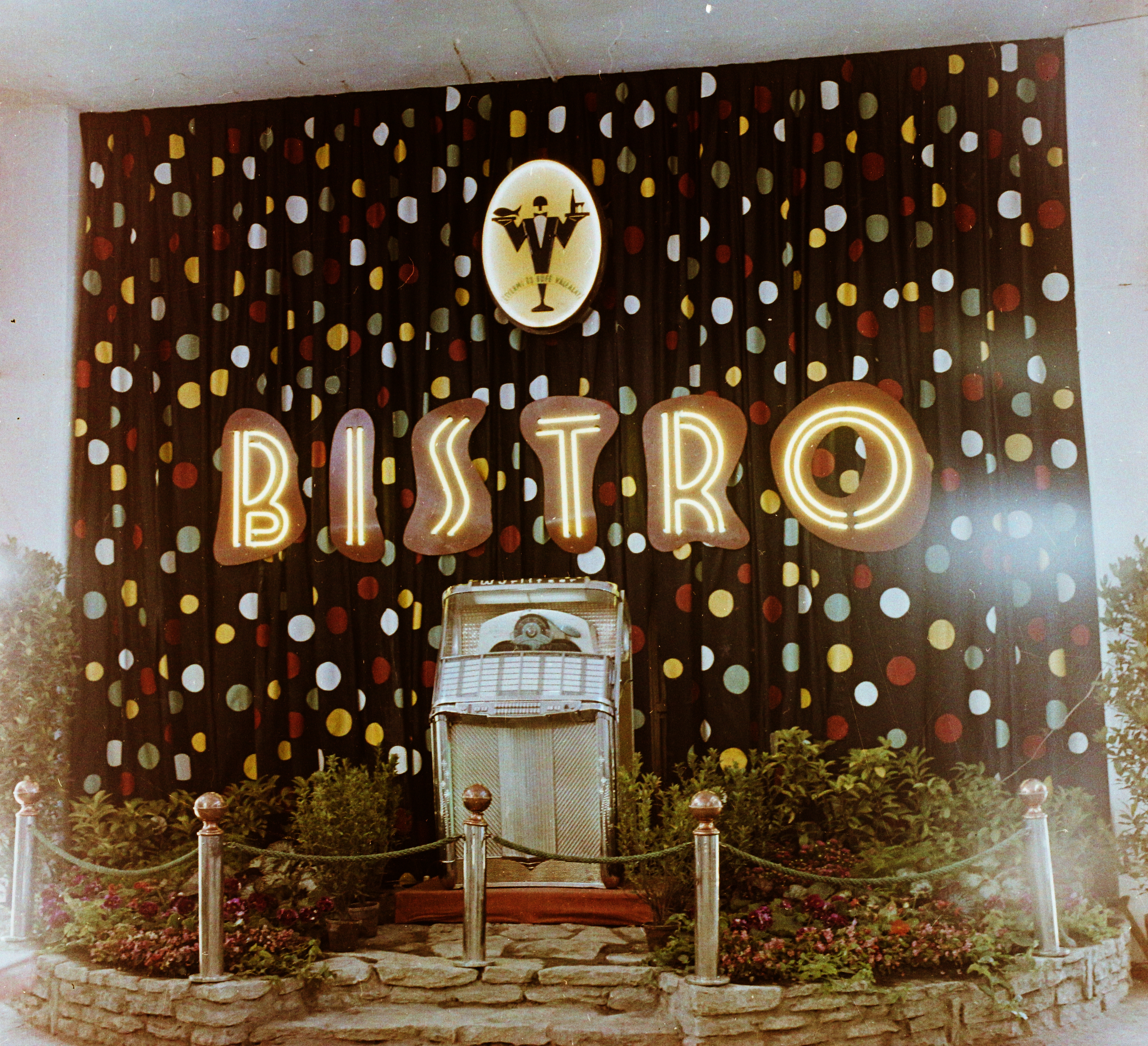As far as older Hungarians are concerned, the classic age of the bisztró was in the 1960s and 1970s, functional eateries fronted by retro neon, a world away in remit and price range from the trendy bistros we know today. They offered, in essence, Socialist-era fast food. Fortepan has many photos of vintage Hungarian bisztró culture, the best taken by the great Sándor Bauer (1931-2009).
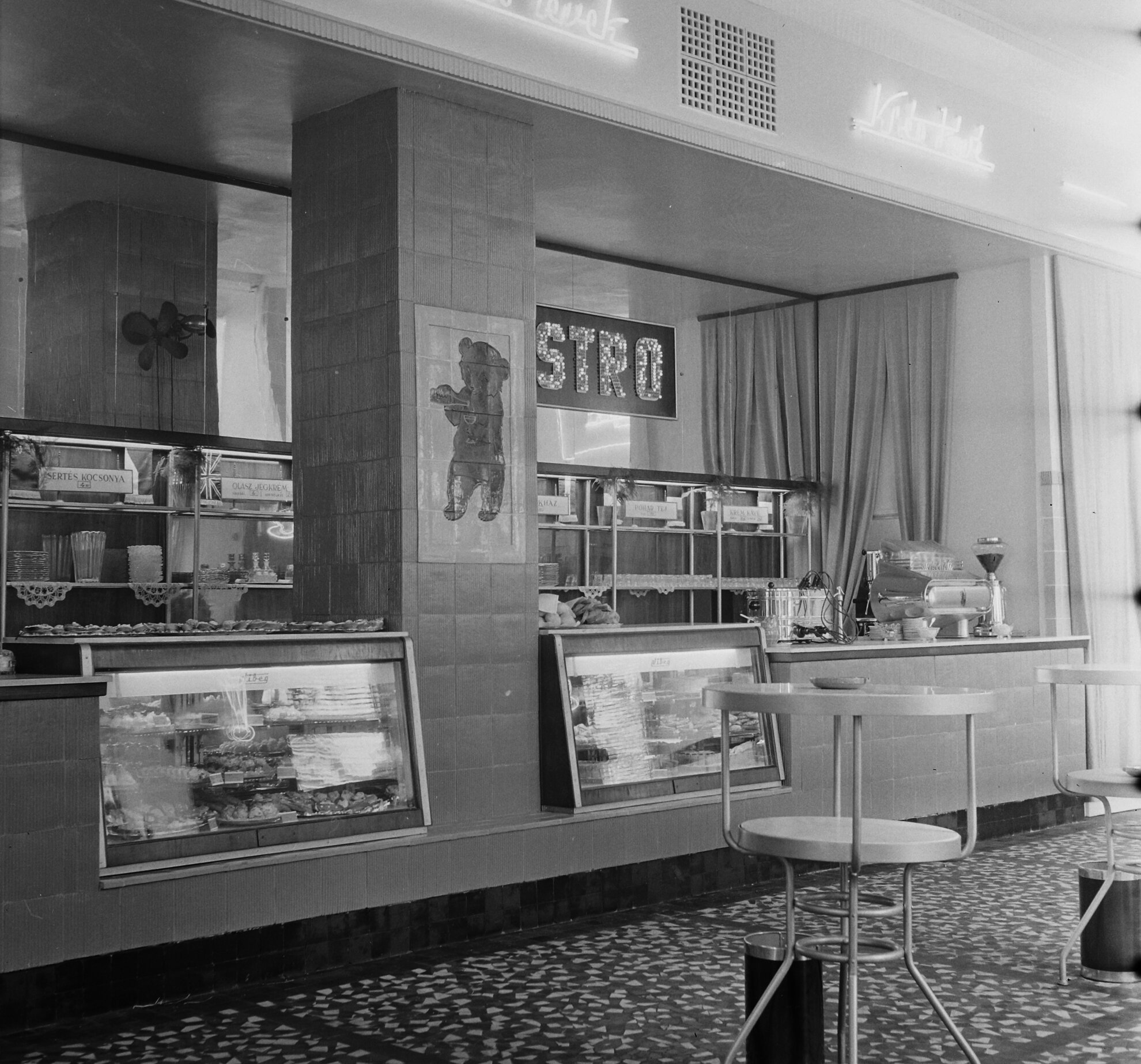
Budapest
was once full of bisztrós. They began to appear in the second half of the
1950s, and had proliferated in large numbers by the ‘60s and ’70s. Almost everyone
had their favourite, a place where they popped in every day for a quick
something.
The average bisztró was characterised by the pungent smell of food, low prices and a selection of cold and hot dishes. Cigarette smoke
and the whirr of the coffee machine were constant companions.
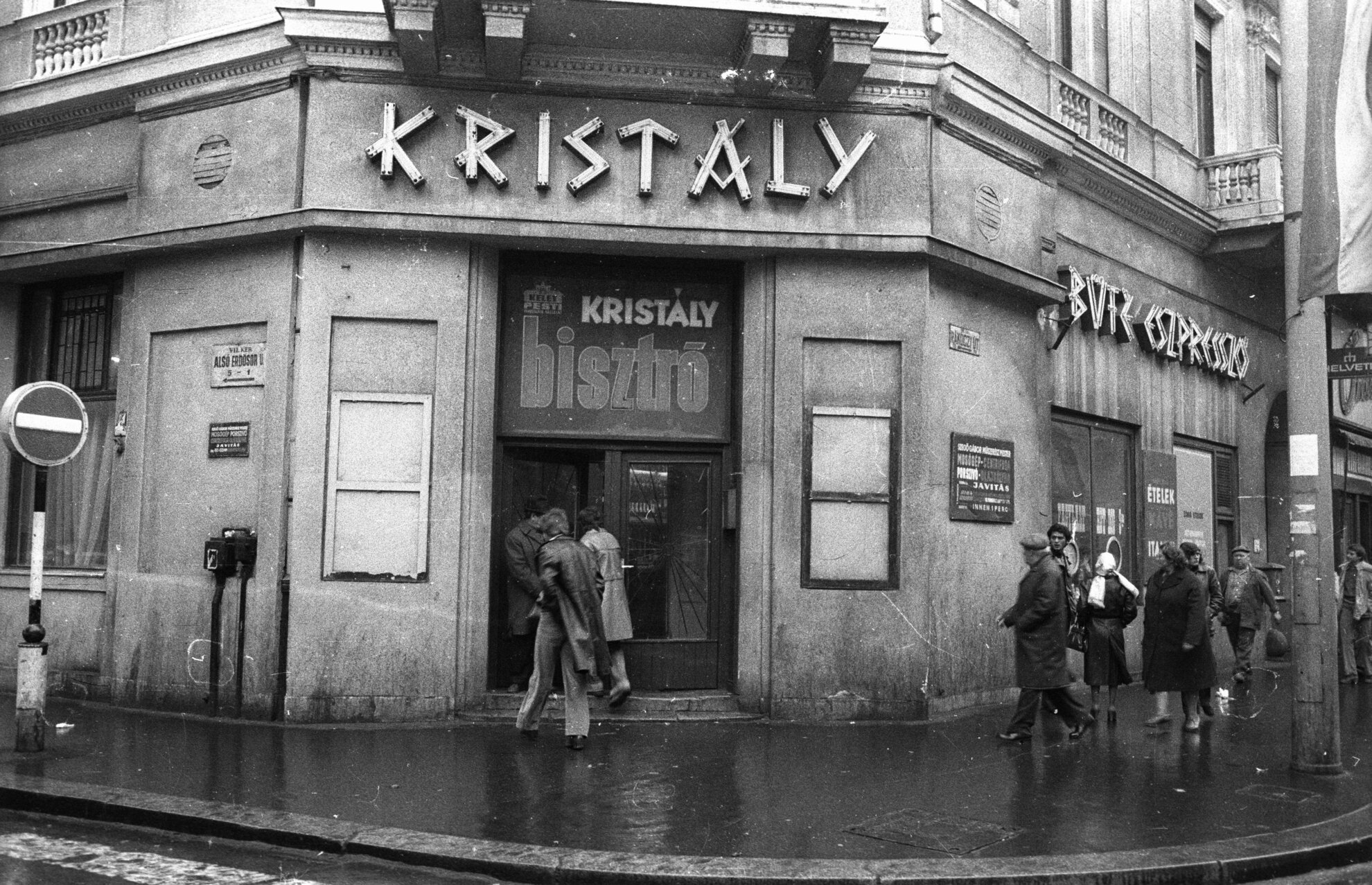
Popular places included the Tulipán on Baross utca, Vidám on József körút, Ínyenc on Margit körút, Alu on Jászai Mari tér, Pünkösdfürdő on Királyok útja, Mackó and Kristály on Rákóczi út and, on the corner of Ónodi and Kolozsvári utca in District X, the Ónodi.
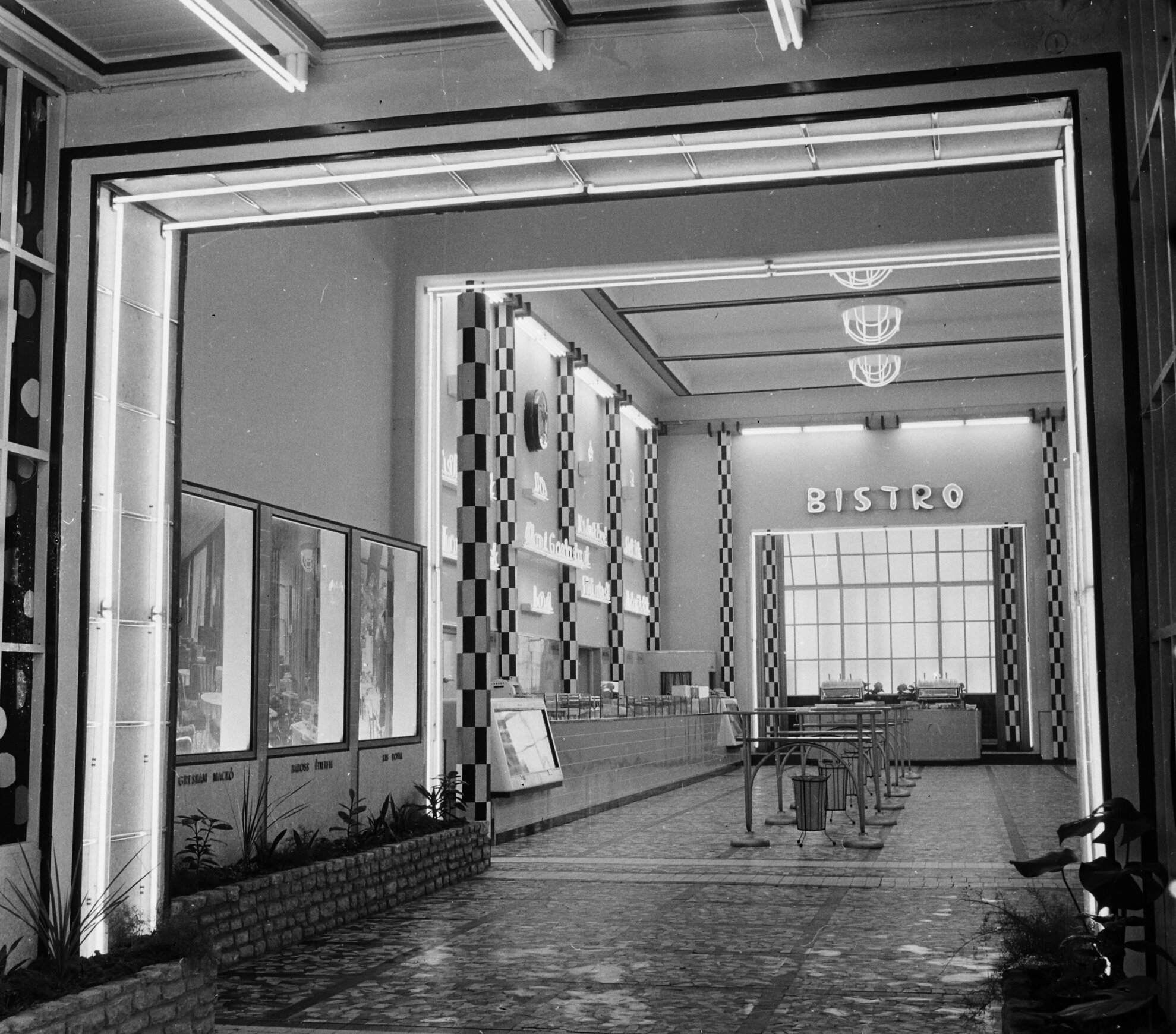
More
elegant examples were represented by the Casino bisztró on Margaret Island and
the Malomtó bisztró on Frankel Leó út. Tej (‘Milk’) on Csanády utca hinted more
at elevenses, while those who frequented the Marika bisztró on Rákóczi út were
after hot food.
This shared the characteristics of classic self-service places as
did the Utasellátó bisztró at Keleti station, which differed
from the others by the fact that it did not sell alcohol.
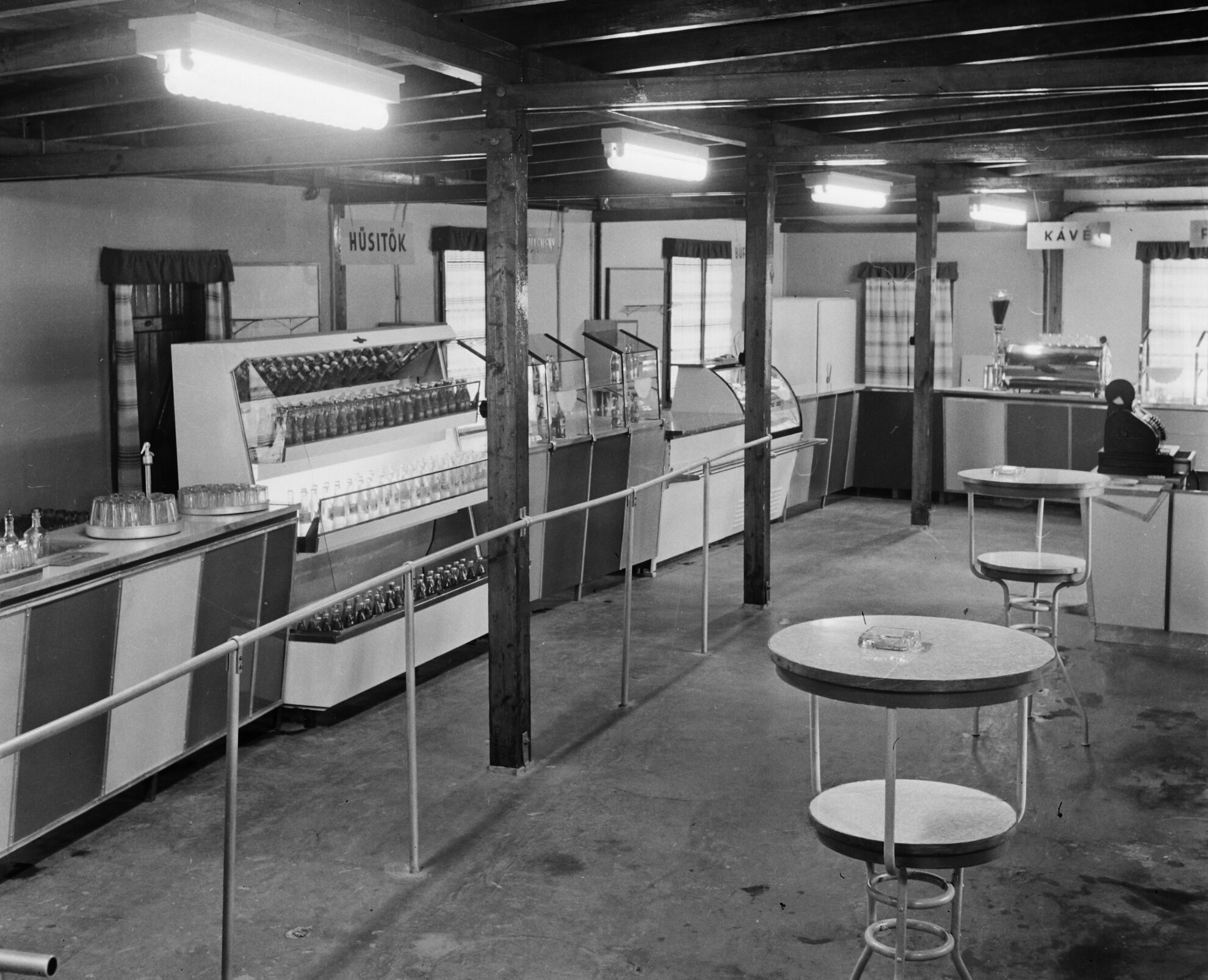
After a
break of some 20 years, bistros have begun to spring up again around the
capital, although they only partially cover the same bases as their
predecessors.
These current iterations are, of course, closer to their French
forebears, more upscale in nature, with variety, quality raw ingredients and
freshness brought to the fore. Not to mention in line with today’s gastronomic
revolution.
What's lacking, however, is retro chic. Take a look at this wonderful gallery below:
